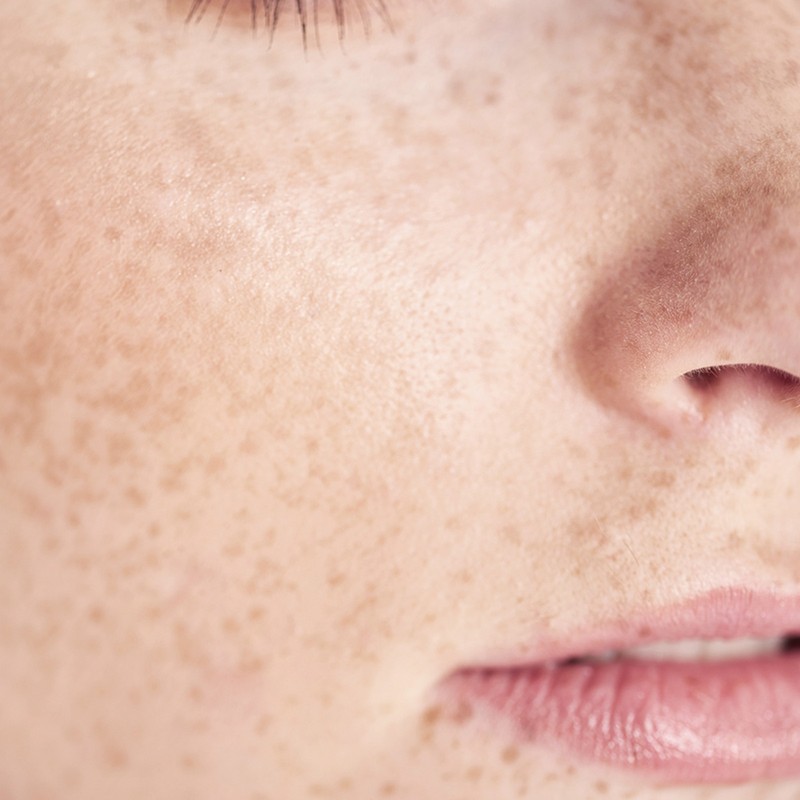
Moles Vs. Freckles: What’s The Difference?
What’s the difference between a freckle and a mole?
While similar in appearance, they are actually quite different. Both moles and freckles are made up of a specific type of skin cells – melanocytes – which grow in a cluster and produce more melanin, the pigment found in your skin. However, the difference comes down to how long they last and their association with sun exposure. Freckles, which are usually pale brown and fairly small, can come and go and are triggered by sun exposure. Moles, on the other hand, tend to be darker in colour and last anywhere from several years to a lifetime. Moles are not linked to sun exposure. As Dr Kristina Semkova, consultant dermatologist at the Cadogan Clinic explains, “Freckles are a result of ultraviolet exposure and with increased time in the sun, they become darker and more pronounced, often fading in winter. The sun stimulates the pigment producing cells to produce more pigment, and this is why freckles tend to appear in the summer. Freckles may look healthy, but, like a tan, they are merely the result of sun damage.”
Are some people more likely to get freckles than others?
Yes – freckles happen when you have a fairer skin type, says Dr Ioannis Liakas, medical director at Vie Aesthetics. “According to the Fitzpatrick scale of skin types, people with skin type 1 have skin that goes into overdrive to produce melanin when exposed to the sun, which manifests as freckles. People with skin type 1 tend to have very pale skin, light blue or light green eyes, red or light blonde hair, and skin that always burns and peels in the sun.” Kristina adds that freckles can also be linked to your genes. “There are two types of freckles – ephelides, the most common type of freckle which we inherit, which are flat spots resulting from sun exposure that disappear in winter; and lentigines, larger pigmented spots at the site of previous sun damage. The latter tend to be darker than ephelides and don’t fade during the winter.” You’re also more at risk of freckles if you use sunbeds, says Ionannis. “The types of light emitted from a sunbed – UVB and HEV light – are the most dangerous for the skin and will produce freckles, which are essentially pigmentation.”
What about moles?
Moles are common, pigmented skin growths that are either present from birth, or develop in childhood and early adult life. Genetics also play a part in the number you have – multiple moles tend to run in families, but excessive sun exposure is a significant factor in the formation of new moles.
Can a freckle develop into a mole?
Despite being similar in appearance, a freckle cannot develop into a mole, and a mole cannot turn into a freckle. At the same time, it is very unlikely that melanoma will develop from a freckle – it is more likely, although still rare, to develop from a mole. “However, as people with freckles have skin that is more sensitive to sunlight, which itself increases the risk of skin cancer, it is vital to take extra precautions to protect your skin from sun damage if you have pale skin or if freckles run in your family,” warns Dr Ramia Mokbel, consultant dermatologist at The Princess Grace Hospital.
What are the warning signs your freckle isn’t healthy?
While it’s very rare for a freckle to develop into melanoma, it’s important to keep an eye on them, especially if they are getting darker in colour, as Kristina says this is a clear sign of sun damage. “There’s a very small risk that unusual looking freckles may develop into skin cancer,” she says. “Any pigmented spots or freckles that you aren’t quite sure about should always be examined by a dermatologist. Studies have shown that people with a higher density of freckles have a higher chance of developing melanoma than those without freckles.” Experts say you should always keep an eye on any changes to your skin pigmentation, whether that’s the appearance of freckles or moles. “A good tool to use when checking your freckles is what’s known as the ABCDE of skin cancer,” says aesthetics doctor Dr Ahmed El Muntasar. “This is a five-step checking process that helps you know if a freckle or mole could be problematic. The letters stand for: asymmetry (one half doesn’t match the other), border (uneven borders), colour (variety of colours such as brown, tan or black), diameter (it’s grown larger that the size of a pencil eraser or a quarter of an inch) and evolution (changes in size, shape, colour or elevation).” Ioannis adds that a melanoma doesn’t always fit the ABCDE rule, so if you notice anything different, or if your freckles become itchy, seek medical advice.
If you are worried about a freckle, what should you do?
If you have noticed any changes with your skin, or are concerned something is wrong, book an appointment with your GP immediately. “If your doctor finds something suspicious, there is a two-week pathway, which is a course of action that ensures you get seen quickly,” says Ahmed. “Your GP will refer to you to a skin cancer specialist or a dermatologist. They will look at your freckle – or mole – under a dermatoscope, a specialist device which magnifies the skin. Depending on what they find, they will either take a sample or remove the skin legion completely. More often than not, they will remove it entirely to be on the safe side, and if they are concerned it could be malignant, then extra tests may be done to check it hasn’t spread elsewhere. As with any skin concern, it’s vital to check yourself regularly. Get to know both your moles and freckles so you can easily spot if there are any changes.”
How can you protect your freckles?
“Wearing an SPF with a factor of 30-50 with dual protection from both UVA and UVB light every day will prevent the formation of new moles and freckles and is the best single thing you can ever do for your skin,” says Dr Fiona McCarthy, consultant medical oncologist specialising in dermatological cancers and offering skin consultations at GetHarley. “The SPF within your foundation or moisturiser is not sufficient protection against UV damage. Heliocare’s Oil Free Gel SPF50 is the product I recommend to my clients as it provides fantastic protection whilst also having a light consistency.” If you are prone to hyperpigmentation and freckles, you should wear a hat in the sun and reapply SPF every two hours, adds Ioannis. “To treat freckles and stop them from developing further, look to ingredients that supress your melanocytes from creating melanin,” he advises. “Ingredients such as liquorice extract – found in Dibi’s White Science range – and shiitake mushroom, which is found in Alumier MD products, can stop melanocytes from producing too much melanin, keeping freckles at bay. Alternatively, a peel can improve the skin’s overall complexion by brightening the skin, while LED light therapy will minimise the appearance of freckles,” he says.
Shop our product edit below
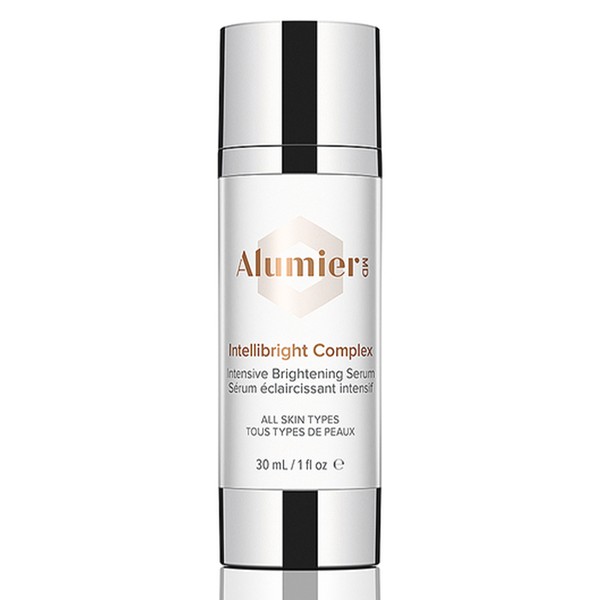
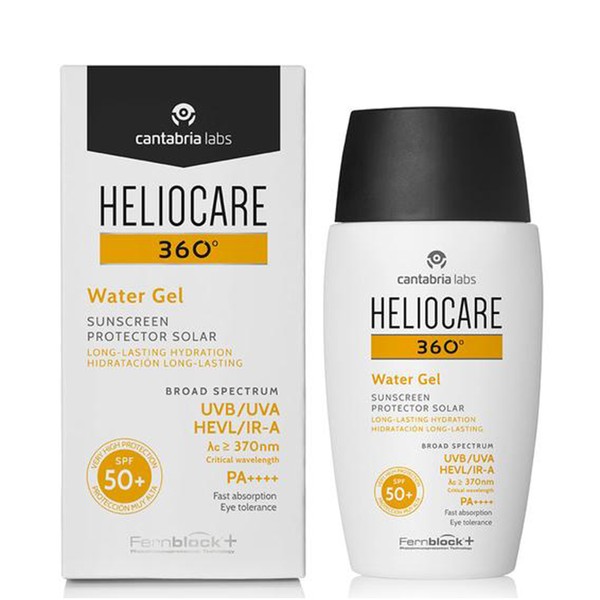
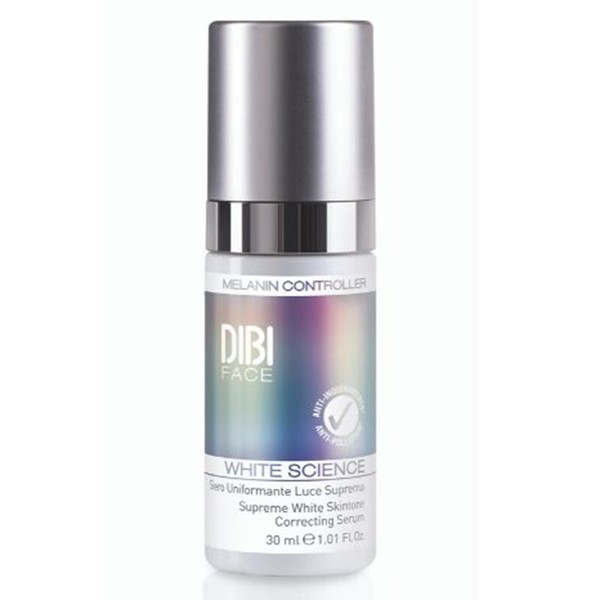
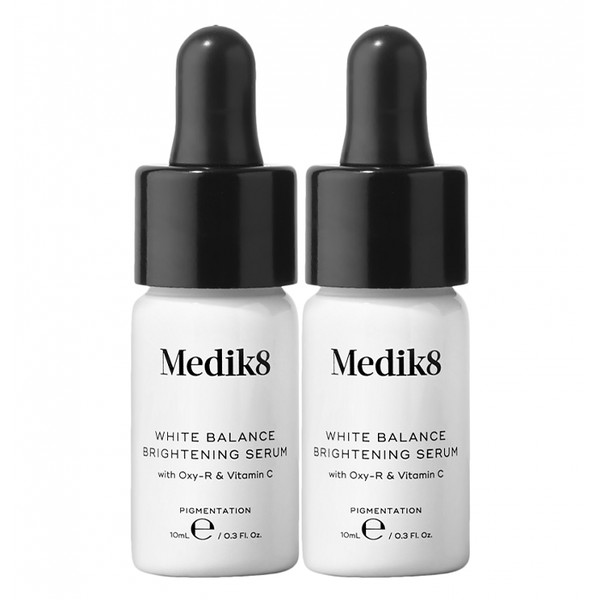
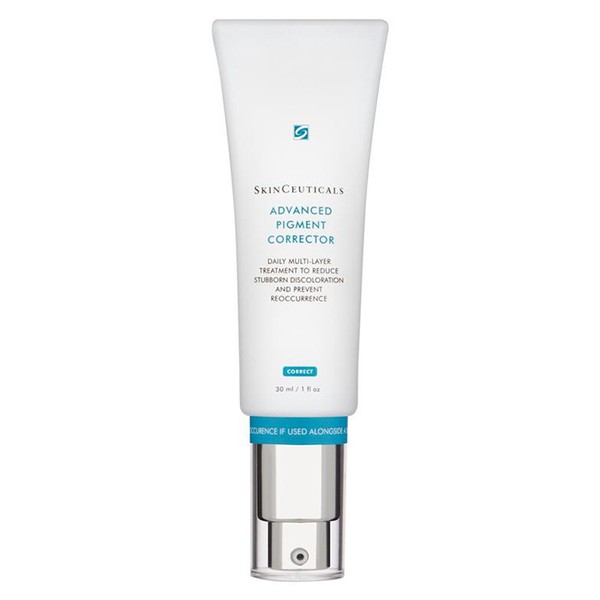
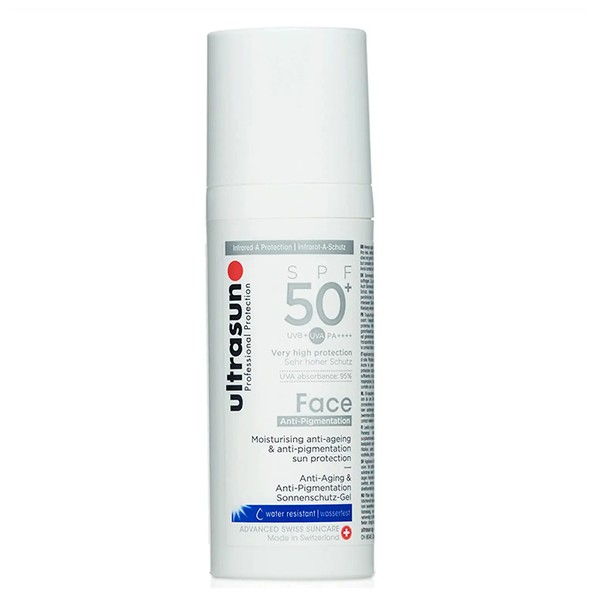
For more information visit HCAHealthcare.co.uk, CadoganClinic.com, Vie-Aesthetics.com and GetHarley.com Follow Ahmed on Instagram @TheAestheticsDoctor.
DISCLAIMER: Features published by SheerLuxe are not intended to treat, diagnose, cure or prevent any disease. Always seek the advice of your GP or another qualified healthcare provider for any questions you have regarding a medical condition, and before undertaking any diet, exercise or other health-related programme.
DISCLAIMER: We endeavour to always credit the correct original source of every image we use. If you think a credit may be incorrect, please contact us at info@sheerluxe.com.

